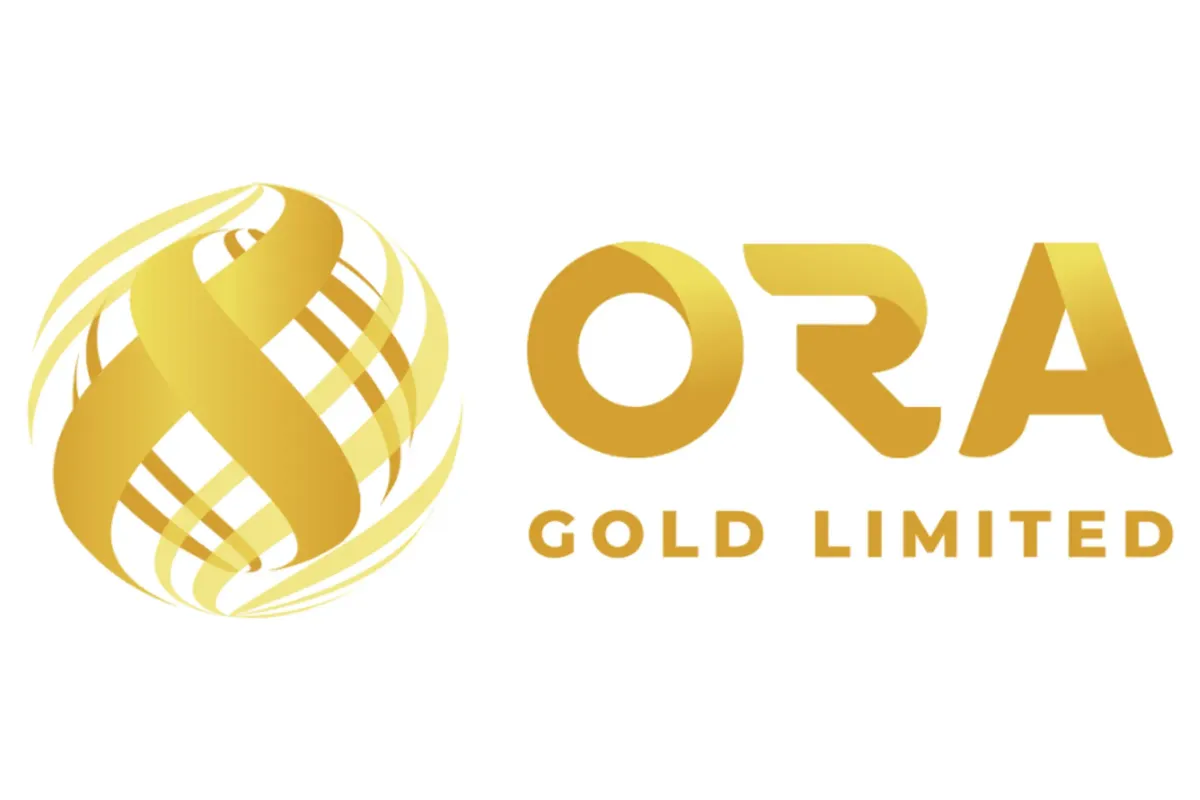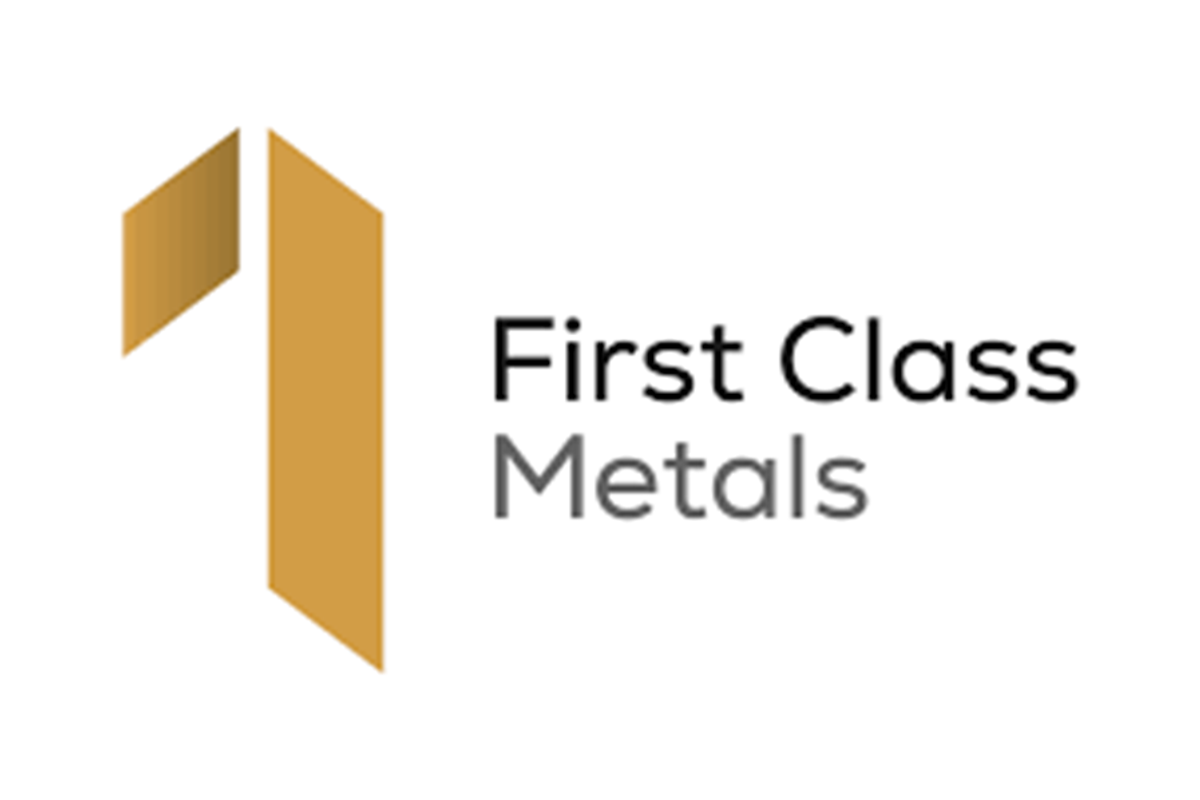
October 27, 2024
Ora Gold Limited (ASX:OAU) (“Ora” or the “Company”), a Western Australian gold explorer, is pleased to provide shareholders and investors with an exploration and operations overview to accompany the Appendix 5B for the quarter ending 30 September 2024 (“Quarter”, “Reporting Period”).
Highlights
Drilling and Estimation
- Infill and extensional drilling around the SEZ lode area is expected to yield positive results.
- New additional assays to be incorporated into an updated Mineral Resource Estimate (MRE) allowing for the reporting of a maiden Ore Reserve later this calendar year.
- Ora anticipates that the drilling undertaken recently at Crown Prince will expand the 240,000-ounce MRE through extensions to the SEZ lode and additional lodes, thus will increase the potential mining inventory.
Pre-development Activities
- Several key pre-development activities were completed during the quarter which will underpin environmental and statutory approval documents for the development of the Crown Prince Project including:
- Soils and Landform Assessment
- Flora and Fauna Survey and Assessment
- Waste Rock Characterisation
- Waste Rock Landform Stability Assessment
- Hydrological and Hydrogeological Assessment including aquifer testing
- Geotechnical Modelling for pit wall angle design
- Ongoing Stakeholder Consultation
- Early in the quarter the Company undertook sterilisation drilling (98 x slim RC holes) in areas designated for infrastructure and waste rock landforms. Mine site layout design and project scope has been well advanced.
Westgold Strategic Alliance
- Ora Gold and Westgold Resources are working towards finalizing an Ore Purchase Agreement for the 240,000-ounce Crown Prince deposit, which has a grade of 4.1g/t Au and is located approximately 33km from Westgold's Bluebird Mill, with a processing capacity of 1.6-1.8Mtpa.
- Westgold's involvement brings operational expertise and possible access to infrastructure and processing facilities, helping to reduce risks and expedite timelines.
Corporate
- Ora finished the September quarter with $3.4 million cash and is well funded to pursue its technical programs for completion of Crown Prince mining proposal submissions which are expected to be made in November 2024.
During the Quarter, the Company continued to advance the Crown Prince Project (M51/886) part of Ora’s broader Garden Gully tenure package (Figure 1).
To progress Crown Prince towards production the Company is undertaking the technical work streams required to submit a Mining Proposal, Mine Closure Plan, MON2 (PMP), Works Approval and Clearing Permits to the relevant Government departments (DEMIRS and DWER). Data has been collected to facilitate key submission documents for Crown Prince including major studies: Flora and fauna surveys, aquifer testing and modelling, geotechnical and rock properties testing, waste rock characterisation, soil characteristics and sampling.
Ora has also recently completed resource infill drilling which aims to convert resources inside the future conceptual open pit into from “inferred” to “indicated” JORC categories. The latter category underpinning any future ore reserve and production forecast.
Commenting on key outcomes for the Quarter, Ora CEO, Alex Passmore said:
“We are very pleased to report on an active quarter of positive achievements at the Company’s Garden Gully Gold Project.
Crown Prince Mine planning progressed significantly. Site visits and stakeholder consultation were undertaken, technical work streams were well progressed all in preparation for the Crown Prince Mining Proposal submission. We are targeting first production by June 2025. The finalization of the open pit design and ore reserves will follow the next Mineral Resource Estimate (MRE) which is due in November. Results from infill drilling have seen the timeline on the MRE pushed out from September from November however we are confident these results will add value.
We anticipate a steady flow of news over the coming months, as results from recent infill and extensional drilling at the SEZ lode are reported. The updated Crown Prince MRE, targeted for release in the coming weeks and in any event by the end of November. The Crown Prince MRE currently totals 240,000 ounces at 4.1g/t Au.
The Westgold Strategic Alliance, entered into in May, has facilitated the rapid development of the Crown Prince Prospect and continues to leverage Westgold’s experience and resources in the region.
The recent increase in the gold price further enhances the economic potential of our projects, highlighting the importance of accelerating Crown Prince’s development to capitalise on favourable market conditions. The coming three months will be pivotal, as we aim to finalize many of the technical work streams for Crown Prince's development, and we look forward to updating the market on our outlook for production as these elements come together.”
Click here for the full ASX Release
This article includes content from Ora Gold, licensed for the purpose of publishing on Investing News Australia. This article does not constitute financial product advice. It is your responsibility to perform proper due diligence before acting upon any information provided here. Please refer to our full disclaimer here.
OAU:AU
The Conversation (0)
48m
Gold Price Soars Above US$4,200 as Fed Cuts Rates, Silver Hits New High
The US Federal Reserve held its last meeting of 2025 from Tuesday (December 9) to Wednesday (December 10) amid growing division between doves and hawks as labor market and inflation concerns rise. The central bank met analysts’ expectations by lowering the federal funds rate by 25 basis points... Keep Reading...
4h
Progress Update on Drilling at the North Hemlo Property
First Class Metals PLC ("First Class Metals", "FCM" or the "Company") the UK listed company focused on the discovery of economic metal deposits across its exploration properties in Ontario, Canada, is pleased to announce that the drilling on the North Hemlo property, whilst currently paused,... Keep Reading...
14h
Walker Lane Resources Ltd. Provides an Update on its Marketing Activities
TSX-V: WLR Walker Lane Resources Ltd. (TSXV: WLR,OTC:CMCXF) (Frankfurt: 6YL) "Walker Lane") announces that it has engaged Stockhouse Publishing Limited, Marcus Brummell, and Baystreet.ca to conduct marketing and publishing services. The purpose of these marketing activities is to increase market... Keep Reading...
23h
Gary Wagner: Gold, Silver Price Calls for 2026, Plus Key Drivers to Watch
Gary Wagner, executive producer at TheGoldForecast.com, shares his gold and silver outlook, commenting on this week's US Federal Reserve meeting as well as what could happen in 2026. While large corrections can occur, he has a bullish long-term outlook for both precious metals.Don't forget to... Keep Reading...
23h
Top 5 Junior Gold Mining Stocks on the TSXV in 2025
Both major and junior gold stocks are seeing heightened interest in 2025 amid a surging gold price, which has climbed more than 50 percent since the start of the year and set dozens of new record highs along the way.The yellow metal's staggering rise has been fueled by numerous factors,... Keep Reading...
23h
Top 5 ASX Gold Stocks of 2025
The gold price soared in 2025, reaching a new all-time high above AU$6,700 per ounce in October. The gold bull market has been fueled by a number of factors. Among them is economic uncertainty brought on by a chaotic US trade and tariff policy, which has prompted investors to seek the stability... Keep Reading...
Latest News
Latest Press Releases
Related News
TOP STOCKS
American Battery4.030.24
Aion Therapeutic0.10-0.01
Cybin Corp2.140.00





